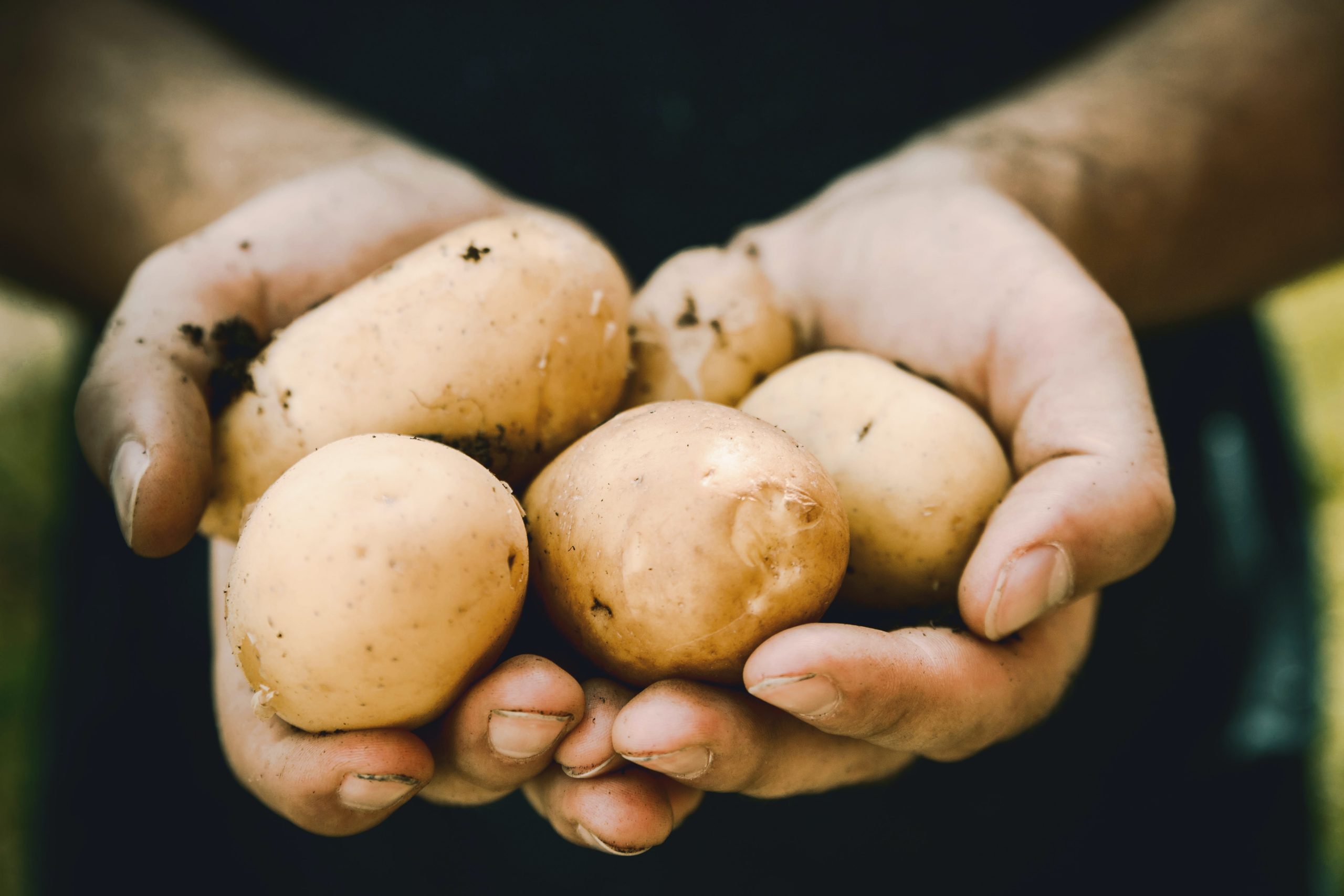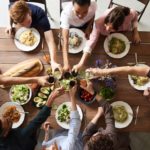Imagine eating the same thing for breakfast, lunch, and dinner every day.
That’s what half the Irish population did in the early 1800s. The poor ate almost exclusively potatoes, with the potato consumption of a typical farm worker exceeding a whopping 6 pounds a day.
The lack of diversity extended beyond diet to the potatoes themselves. Irish potatoes were essentially biological copies of each other. Farmers relied heavily on the lumper variety, cloning it repeatedly to feed a rapidly growing population. This strategy worked just fine—until steamships from the Americas brought with them a visitor.
The visitor was a fungus called Phytophthora infestans. The name is Greek in origin: It means plant destroyer. The fungus obliterated the Irish potato crops and turned them into inedible slime. The so-called Great Hunger lasted for seven years. By 1852, one million Irish had perished, and another million had left the country, causing the population to plummet by nearly 25%.
Although numerous factors played into the tragedy, a major one was the lack of genetic diversity in Irish potatoes. Unlike other potato varietals, the lumper happened to lack resistance to Phytophthora infestans. As a result, an environmental change—the introduction of a new pest—was sufficient to decimate the crops and the people who depended on them.
The lack of diversity in any system—whether it’s a potato, a business, or a human being—renders it vulnerable. People specialize in a static career that gets disrupted by change. Companies become obsolete after they overinvest in the same potato varietals year after year.
If you’ve defined yourself as a seller of analog film, you’ll ignore the digital revolution, as did Kodak. If you’ve defined yourself as a maker of dash-mounted GPS units, you’ll ignore the smartphone revolution, as did Garmin. If you’ve defined yourself as a brick and mortar video-rental store, you’ll ignore the streaming revolution, as did Blockbuster.
Cloning a single varietal of potato works well—until a fungus wipes it out.
The companies who survive take the opposite approach. Consider Netflix, which started out by disrupting the traditional video rental model by shipping DVDs through the mail. But Netflix refused to define itself as a DVD-delivery business. Mailing DVDs was simply one tactic among many—including streaming media—to serve the broader goal of delivering movies. The company saw that DVDs would soon become obsolete and stayed ahead of the melt on the ice-cream cone. Netflix then redefined itself again by developing original content instead of paying the big Hollywood studios for it.
The future belongs to those who transcend a single story or identity. These people may practice law, but they don’t define themselves as lawyers. These companies may sell a product, but they don’t define themselves by that product. They contain multitudes, constantly reimagining their diverse identities.
When a pest arrives—and the world has a way of introducing pests at the worst possible time—those who survive will be the ones who have unlocked their multitudes and planted seeds for multiple crops before they get hungry.
Bold



